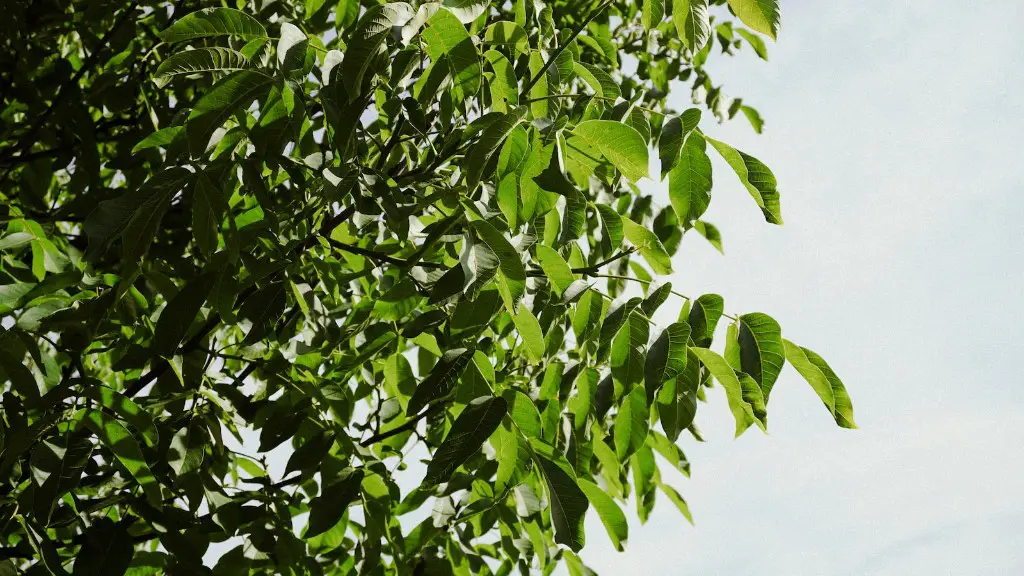Palm trees bring to mind a tropical landscape, white sand beaches and a warm, balmy breeze blowing in from the ocean. For the fortunate few who can enjoy these daily, it’s the epitome of a relaxed, carefree lifestyle. But, few people actually know the parts of a palm tree and what they are called. This article will take an in-depth look at palm trees and its various parts.
Palm trees are an unmistakable feature of the warm climates that humankind has come to cultivate. To begin, the trunk of a palm tree consists of the right combination of strength, moisture and stiffness in order to support the full height of the tree. This is one of the many things that help the palm tree in taking a special place in global agriculture.
The thick, rope-like fibers of a palm tree trunk are known as the fibrous, cortical strands. These strands offer many advantages, as they’re able to withstand strong winds and heavy rain without becoming damaged or falling. They also help with cooling down the tree, since the trunk and the leaves are kept drier due to the evaporation of moisture from the trunk and the roots.
Another part of the palm tree is the leaves. They are wide, stiff and strong, allowing the tree to endure extreme weather conditions. The leaves are often called fronds and can be found in several forms. Palmate fronds, which are often found in almost all palm trees, look like cupped hands in their shape. Pinnate fronds, on the other hand, are characterized by a single mid-vein, running through the center and flanked by leaflets along the two sides.
All palm trees also have an extensive root system that helps anchor them in the ground, as well as take in moisture and nutrients. Usually, these roots are found in two main categories: aerial roots, which grow from the base of the trunk and hang in the air or the water (sometimes known as stilt roots), and adventitious roots, which are root systems buried deep beneath the surface.
The fruit, which many mistakenly call the “dates” on palm trees, is another important part of the tree. A palm tree’s fruit, scientifically known as drupes, are a vital component in providing habitats, food and shade to many species in warm climates. Various birds, bats, and primates are attracted to the fruit of different palm trees, as they’re a great source of hydration and sustenance.
Lastly, the flowers of the palm tree don’t often receive the praise they deserve. While the tree’s leaves and fruit get plenty of attention, the often-overlooked flowers are an integral part of palm trees. Every species of palm tree will have different flowers, some of which can take up to an entire year to reach full maturity.
Evolution
Palm trees have existed for hundreds of millions of years, with some of the species believed to date back to the sea-level rises of the Jurassic Age. During this time, the species evolved and spread their range to other habitable regions. Scientists believe that the palm tree’s success is primarily attributed to the ease of seed dispersal and adaptation to a variety of climates and environments.
Palm trees are a type of monocotyledon plant, which is one of two types of flowering plants. This contributes to the unique features of palm trees, as they don’t feature the same kind of vascular structure as other trees, such as birches or maples. As a result, palm trees don’t face the same dangers as other species of trees when it comes to diseases.
Palm trees are also renowned for their ability to regenerate after losing their leaves. This process is known as coppicing, during which new shoots sprout from the stump of the old tree. This regeneration allows the species to survive in spots where it would be difficult for other trees, such as desert or tropical areas.
Uses
Palm trees have also been used as a source of sustenance and resources for multiple years. For example, the coconut palm is a staple in some cultures, as its fruit is a key ingredient in many dishes. Similarly, date palms are a great source of nutrition for livestock, as well as for human consumption. The palm oil is used in the making of cosmetics, pharmaceuticals, processed food, detergents and in many other industries. Additionally, the leaves of some palm trees are used in crafting ornaments, roofs and various other things.
Palm trees may also be planted for landscaping or as part of a garden. Their attractive characteristics and varied sizes make them a great choice for those looking for a bit of tropical glamour without the high maintenance of other vegetation. The easy growth rate of palm trees allows them to be grown in almost any type of environment, and they require minimal amounts of water compared to other plants.
In recent years, scientists and conservationists have also taken a keen interest in protecting palm trees. Due to the massive amount of resources they provide, in addition to the environmental benefits, several organizations have been formed to ensure their longevity. Furthermore, artificial sources of palm trees are being used to improve sustainability and to restore ecosystems.
Conclusion
It comes as no surprise that palm trees and their parts play an essential role in our daily life. From creating romanticized images of a carefree, tropical paradise, to providing resources to maintain a healthy environment, palm trees are one of the most important species in our world. Regardless of the individual part, each contributes to creating a beautiful, and often necessary, element of our world.



